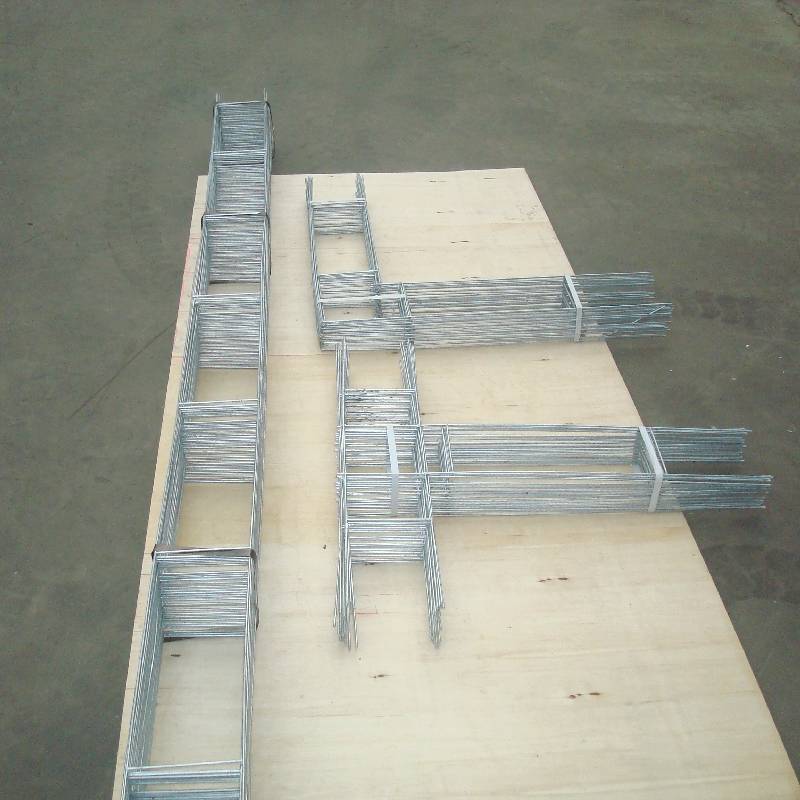
- Mobile Phone
- +8613931874955
- sales@cntcmetal.com
Exploring the Importance of Using Nets for Tree Root Ball Stability and Growth
The Importance of Tree Root Ball Nets in Sustainable Landscaping
When we think of sustainable landscaping and tree planting, we often focus on factors like soil quality, irrigation, and the selection of native plant species. However, one crucial aspect that deserves our attention is the use of tree root ball nets. These nets play an essential role in the successful transplantation and establishment of trees, making them indispensable in both commercial horticulture and residential gardening.
What Are Tree Root Ball Nets?
Tree root ball nets are protective meshes made from various biodegradable materials that encase the root balls of trees or large shrubs during transport and planting. Their primary purpose is to keep the root system intact, providing stability and support as the plants move from nursery to their new location in the landscape. These nets help maintain the structure of the root ball, preventing soil erosion and ensuring that roots are not damaged during handling.
Benefits of Using Tree Root Ball Nets
1. Protection of Roots Root systems are highly sensitive and can easily be disturbed. When a tree is dug up, the root ball often loses some of its structure. The use of root ball nets helps secure the soil around the roots, minimizing the risk of injury or desiccation during transportation.
2. Easier Handling Transporting large trees can be a cumbersome task, especially without the right tools. Root ball nets make it easier for landscapers and gardeners to lift and maneuver trees into position. By providing a strong yet flexible barrier, these nets allow workers to handle trees with confidence, reducing the risk of dropping or damaging them.
tree root ball nets

3. Improved Establishment The establishment phase is critical for newly planted trees. Root ball nets can encourage better root growth by providing the necessary support while allowing the roots to expand into the surrounding soil. This enhances the likelihood of the trees thriving, which contributes to a healthier landscape over time.
4. Biodegradable Options With the growing concern about plastic waste, many manufacturers are now offering biodegradable root ball nets. These sustainable alternatives break down over time, negating the environmental impact often associated with synthetic materials. Using biodegradable nets aligns with the principles of sustainable landscaping, allowing gardeners to maintain eco-friendly practices.
Application in Landscaping
In landscaping projects, the use of tree root ball nets is often seen in various scenarios, from urban development to park renovations. For instance, when planting mature trees in urban areas, ensuring the roots remain intact is crucial for mitigating stress and improving survival rates. Additionally, during large reforestation projects, these nets can be invaluable for protecting young saplings as they acclimate to their new environment.
Moreover, educational institutions and botanical gardens often incorporate the use of root ball nets in their planting techniques to demonstrate sustainable practices. By teaching the importance of such tools, they contribute to broader awareness about environmental stewardship and responsible landscaping.
Conclusion
Tree root ball nets are a vital yet often overlooked element in the world of landscaping and tree planting. Their benefits extend beyond simple fluidity in handling to encompass root protection, improved establishment, and environmentally friendly practices. As the world continues to prioritize sustainability, the importance of such tools cannot be overstated. By adopting root ball nets in both commercial and residential planting, we can enhance the survival and longevity of our green spaces, contributing to healthier ecosystems and vibrant communities. As both gardeners and stewards of the environment, embracing such innovative solutions is not just beneficial, but imperative.
share:
-
Your Source for Concrete Wall Ties and Masonry AccessoriesNewsJul.10,2025
-
Unlocking the Power of Iron Wire for Every ProjectNewsJul.10,2025
-
Explore Advanced Chain Wire and Stainless Steel Mesh FencingNewsJul.10,2025
-
Discover the Benefits of Annealed Wire ProductsNewsJul.10,2025
-
Discover China Stainless Steel Wire Mesh SolutionsNewsJul.10,2025
-
Build with Confidence Using High-Performance Masonry AccessoriesNewsJul.10,2025
-
Why Sacrificial Formwork Is Redefining Underground ConstructionNewsJun.06,2025



















